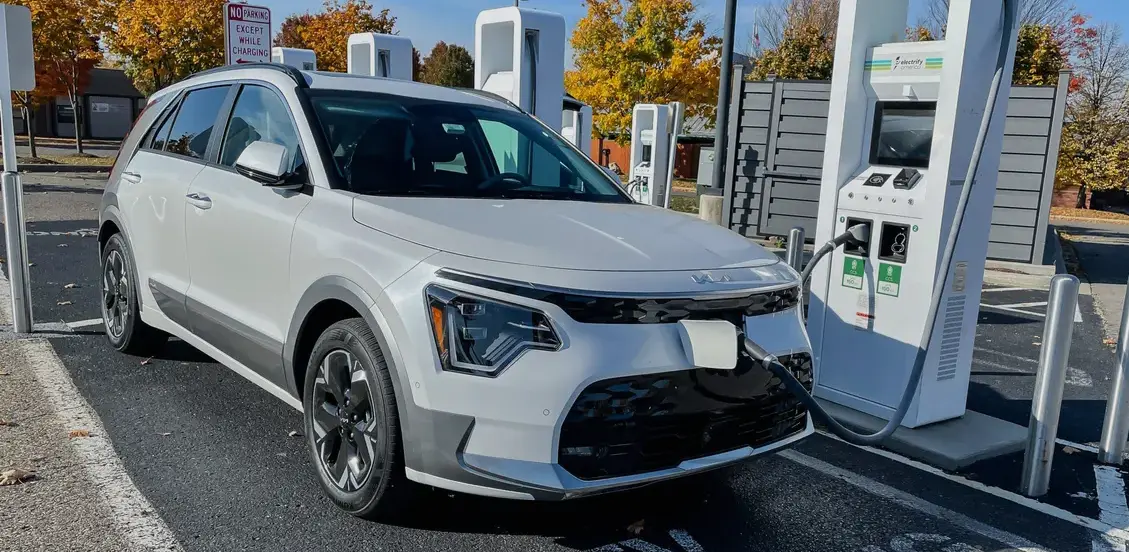
Kia Niro Charging Insights: Power Specs, Cost Comparison, and Charging Time
The 2025 Kia Niro EV is a practical and efficient electric SUV, designed for daily commuting and long-distance travel. Equipped with a 64.8 kWh battery and multiple charging options, understanding how to charge Kia Niro efficiently is essential for optimizing performance, cost, and convenience. This guide provides a detailed overview of Kia Niro charging, including home charging, fast charging, costs, and Tesla Supercharger compatibility.
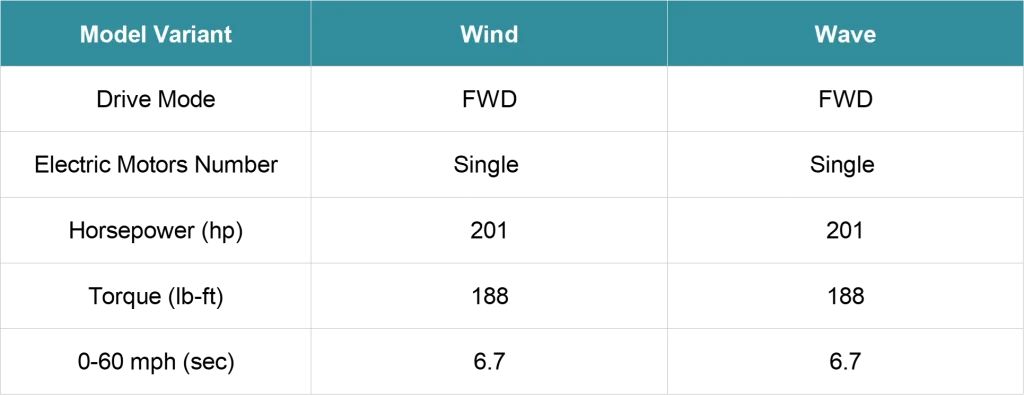
Kia Niro EV Charging Specifications
The 2025 Kia Niro EV is available in two trims: Wind and Wave, both featuring the same battery and charging capabilities:

- Battery Capacity: 64.8 kWh
- Charging Port Type: J1772 (AC) and CCS1 (DC)
- Maximum Charging Power:
- AC (Level 1 & Level 2): 11.5 kW
- DC Fast Charging: 85 kW
With these specifications, the Kia Niro EV can be charged at home using Level 1 or Level 2 chargers, as well as at public DC fast charging stations.
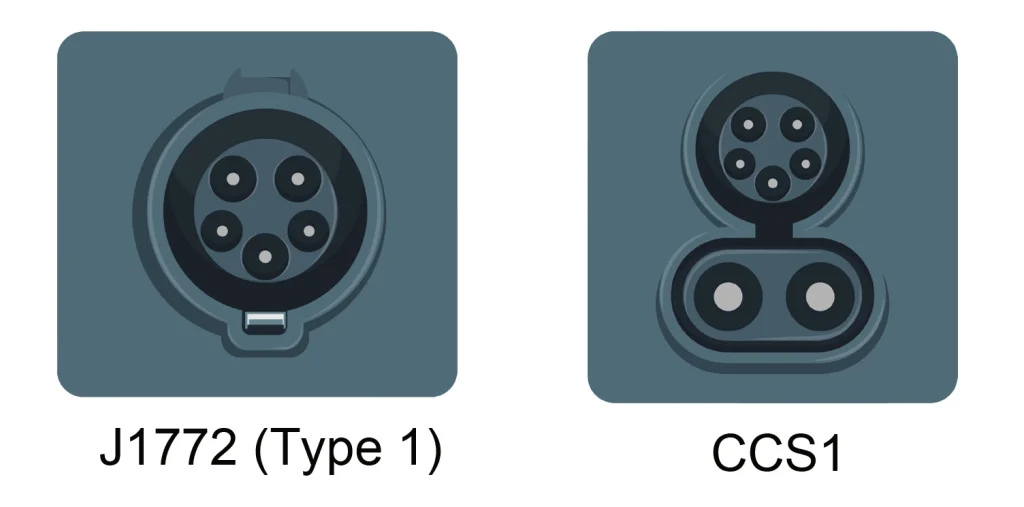
Kia Niro Charging Time by Charger Type
Before diving into the specific charge times, it’s important to understand that Kia Niro charging power is influenced by several factors, including the charging station’s output, vehicle battery status, and external temperatures. Cold weather can slow down the charging process, especially for DC fast charging.
Level 1 Charging (120V Home Outlet)
Using a standard 120V home outlet, Level 1 charging is the slowest method but can be used for emergency charging or overnight top-ups.

- Charging Speed: 3-5 miles of range per hour
- Charge Time (10%-80%): ~33 – 47 hours
- Charge Time (0%-100%): 50+ hours
Best for: Occasional top-ups when no other charging options are available.
Level 2 Charging (240V Home & Public Chargers)
Level 2 charging is the best solution for daily home charging, significantly reducing charge times.

- Charging Power: 7.7 kW – 11.5 kW (depending on charger amperage)
- Charging Speed: 20-35 miles of range per hour
- Charge Time (10%-80%): 4.5 – 7.5 hours
- Charge Time (0%-100%): ~9 hours
A 40A – 48A Level 2 home charger is recommended for the fastest charging speeds.
DC Fast Charging (85 kW Public Chargers)
DC fast charging is ideal for long trips, allowing rapid power replenishment.

- Charging Speed: Adds 100 miles of range in ~30 minutes
- Charge Time (10%-80%): ~45 minutes
- Charge Time (0%-100%): ~60 minutes
Choosing the Best Home Charger for Kia Niro Charging
For the best home charging setup, consider the following factors:
- Power Output: The Kia Niro EV supports up to 11.5 kW AC charging, so a 40A-48A Level 2 charger is ideal for fast home charging.
- Installation Costs: A 40A charger offers a good balance between speed and affordability, while a 48A charger provides the fastest charging speeds but may require electrical upgrades.
- Hardwired vs. Plug-In Chargers: Hardwired chargers are more stable and reliable than plug-in models.
- Smart Charging Features: Many Level 2 chargers come with Wi-Fi connectivity, allowing you to schedule charging sessions and track energy usage.
Kia Niro Charging Costs
Charging costs vary by location and provider. In different regions across the U.S., electricity rates fluctuate, and commercial fast-charging stations such as Electrify America, EVgo, and ChargePoint offer different pricing models. Typically, fast-charging costs range from $0.30 to $0.60 per kWh, depending on the provider and state.
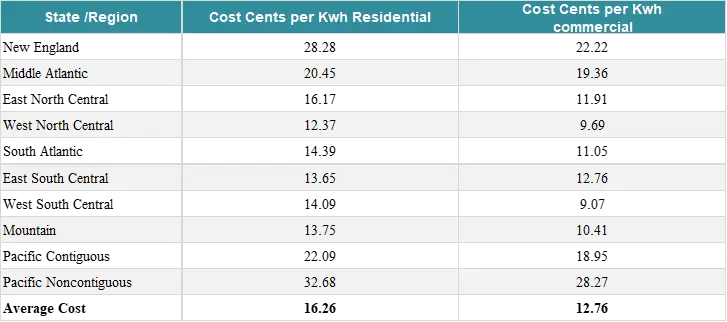
Home Charging Costs
Charging at home is the most cost-effective method. Based on an average electricity rate of $0.162 per kWh:

- Cost per 100 miles: $5.10
- Full Charge Cost: $10.50
Public DC Fast Charging Costs
Fast charging cost sometimes is almost equivilent with same level gas vehicle model‘s gas cost. In this calculation, it’s under ideal condition and average public DC fast charging cost.

- Cost per kWh: $0.350
- Cost per 100 miles: $11.00
- Full Charge Cost: $22.68
Can the Kia Niro EV Charge at Tesla Superchargers?
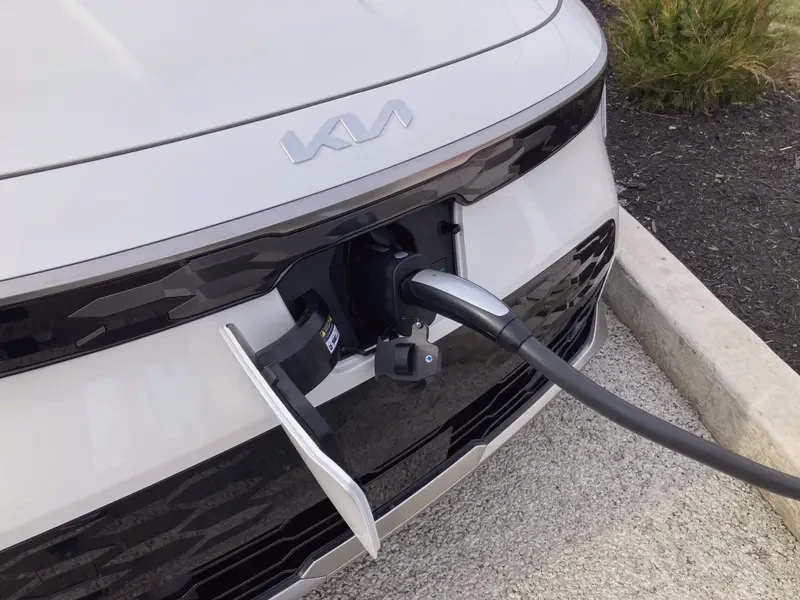
Currently, the Kia Niro EV cannot charge at most Tesla Superchargers. The only exception is Tesla Superchargers equipped with Magic Dock, which feature a built-in CCS1 adapter.
- Magic Dock Superchargers: If available, allow Kia Niro EV to charge at Tesla stations.
- Future Compatibility: In 2025, Kia EVs are expected to gain broader access to Tesla’s Supercharger network via an official NACS to CCS adapter.
To find Magic Dock-enabled Tesla Superchargers, use the Tesla app or Supercharger map.
Conclusion
The 2025 Kia Niro EV is a practical and versatile electric SUV, offering multiple charging options for home and public charging. While Level 1 charging is too slow for daily use, a Level 2 home charger provides the best balance of speed and cost-effectiveness. CCS1 DC fast charging is ideal for road trips, and Tesla Supercharger access may expand in 2025. Choosing the right home charging setup will ensure maximum convenience and efficiency, making the Kia Niro EV an excellent choice for EV drivers.
